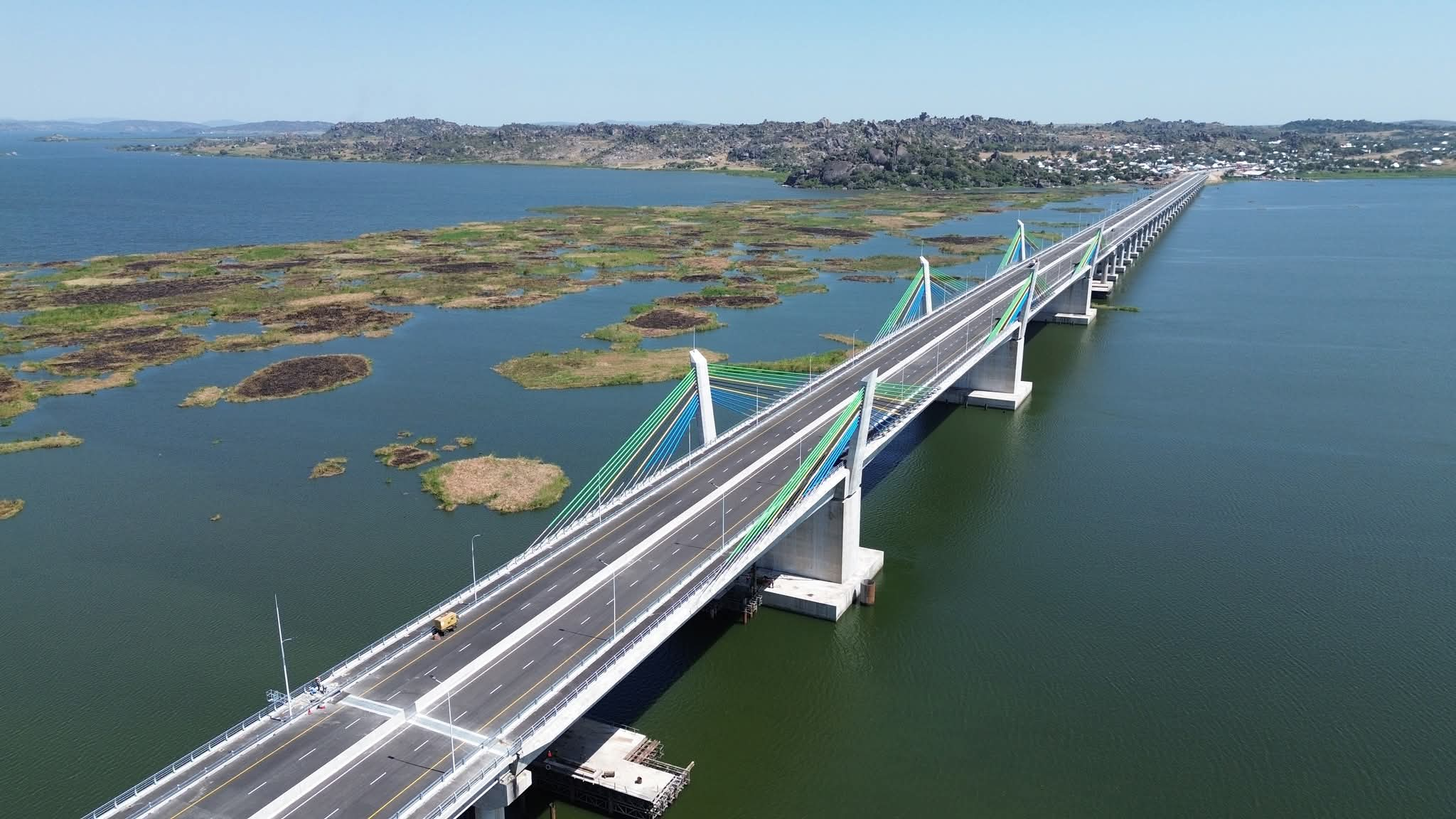TAIWAN'S HUALIEN EARTHQUAKE: One of the Biggest Disasters in 2024

Did you know that while Taiwanese authorities are yet to determine the cost of Wednesday's earthquake, the repair costs for the last earthquake in 1999 of such a scale reached nearly $10 billion?
On Wednesday, April 3, 2024, at 07:58:11 NST (23:58:11 UTC on 2 April), a moment magnitude (Mw) 7.4 earthquake struck 18 kilometers (11 miles) south-southwest of Hualien City, Hualien County, in Taiwan, resulting in at least 10 deaths and over 1,000 people being injured in the largest earthquake since the 1999 Jiji earthquake, with several aftershocks above Mw 5.0.
Taiwan is in a seismically active zone, on the Pacific Ring of Fire, and at the western edge of the Philippine Sea Plate. Geologists have identified 42 active faults on the island, but most of the earthquakes detected in Taiwan are due to the convergence of the Philippine Sea plate and the Eurasian Plate to the east of the island.
Most of the earthquakes registered in Taiwan actually occur off the east coast and cause little damage, whereas smaller quakes beneath the island itself have historically proven more destructive. The first recorded earthquake in Taiwan was in 1624, the founding year of Dutch Formosa. Between 1901 and the year 2000 there were 91 major earthquakes in Taiwan, 48 of them resulting in loss of life. The most recent major earthquake with a high death toll was the 921 earthquake, which struck on 21 September 1999, and claimed 2,415 lives.
Inside Taiwan, the Central Weather Bureau is the organisation responsible for monitoring and reporting on earthquakes. Large earthquakes are also assessed by the United States Geological Survey. Scientific studies of the seismology of the island started in the Japanese era, when the first seismograph was installed in Taipei by Fusakichi Omori's company.
Many modern buildings in Taiwan are constructed with earthquake safety in mind, including Taipei 101, which had to cope with the dual challenges of being flexible enough to withstand earthquakes, yet rigid enough to resist wind shear. The High Speed Rail system incorporates an automatic safety device to safely bring all trains to a halt when a significant earthquake is detected. Nevertheless, poor construction standards have been blamed for casualties in a number of major earthquakes, including the 1906 Meishan earthquake and the 1999 Jiji earthquake.
In Wednesday's earthquake, 10 fatalities were reported, along with at least 1,067 people injured and 660 others declared stranded. 38 people were listed as missing. The National Fire Agency recorded at least 1,151 earthquake-related incidents. All fatalities occurred in Hualien County. Among the dead were four killed in Taroko National Park, including three hikers who were caught in a rockfall. Another person died when rockfalls occurred at the Daqingshui Tunnel along the Suhua Highway and crushed his truck. One person also died after their car was hit by a falling boulder at the parking lot of the Huide Tunnel along the Suhua Highway, while another fatality occurred inside a mine in Hejen after a rock fall. A woman in Hualien died after she returned to her building to retrieve her cat, during which she was pinned down by a column following an aftershock.
Taiwanese authorities have yet to estimate how much it will cost to recover from the damage caused by the massive, deadly earthquake that struck the island on Wednesday, which collapsed buildings, felled water towers, and caused landslides that damaged roads and other infrastructure. Repair costs for the last earthquake of such a scale—in 1999 and albeit much bigger—reached nearly $10 billion.
SOURCES: Wikipedia | Time
#penglobalfactfile #Taiwan


_1755775186.jpg)
